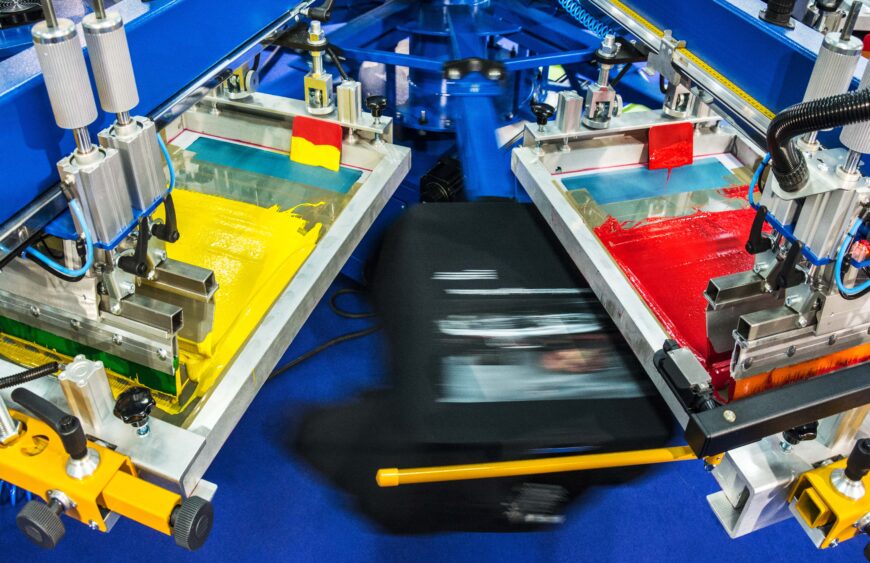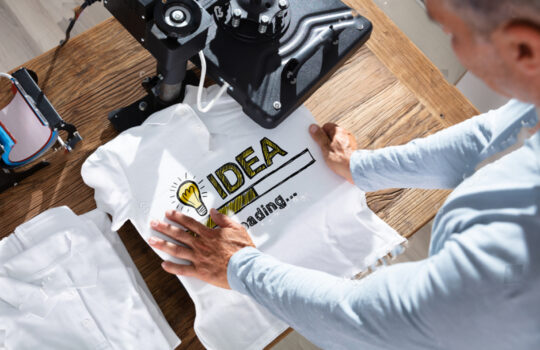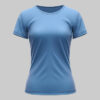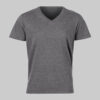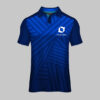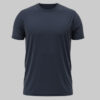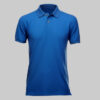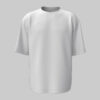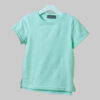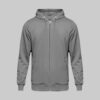
T-shirt printing has evolved significantly over the years, with advancements in technology making it easier than ever to create high-quality, customized designs. Whether you’re a small business owner, an artist, or just someone looking to make unique shirts, understanding the different printing methods can help you choose the right one for your needs. Here’s a detailed look at the most popular t-shirt printing technologies available today
Screen Printing
Screen printing, also known as silkscreen printing, is one of the oldest and most popular t-shirt printing methods. It involves creating a stencil (or screen) and using it to apply layers of ink on the printing surface.

Pros:
Durability: Screen printing produces vibrant, long-lasting designs that stand up well to repeated washes.
• Cost-Effective for Bulk Orders: The setup cost can be high, but it becomes more economical as the number of shirts increases.
• Versatility: Works on a variety of fabrics and is great for both light and dark shirts.
Cons:
• Setup Time: The initial setup can be time-consuming and requires multiple screens for multi-color designs.
• Not Ideal for Small Runs: Due to setup costs, it’s less cost-effective for small orders or designs with lots of colours.
Best For: Large orders and designs that require durability and vibrancy, especially with simple colour schemes.
Heat Transfer Printing
Heat transfer printing uses heat to transfer a design from a special paper onto a t-shirt. This can be done using various methods, including vinyl transfers and sublimation

Pros:
• Versatility: Allows for a wide range of designs, including complex, multi-colour images and full-colour photographs.
• Quick Setup: No need for screens or separate colour layers; you can print directly from a digital file.
• Flexibility: Suitable for both small and large runs.
Cons:
• Durability: Transfers may crack or peel over time, especially with frequent washing.
• Limited Fabric Choices: Best for synthetic fabrics, not always ideal for natural fibres like cotton. .
Best For: Small to medium orders, intricate designs, and short turnaround times
Direct-to-Garment (DTG) Printing
DTG printing is akin to using an inkjet printer for t-shirts. The design is printed directly onto the fabric using specialized inkjet technology.

Pros:
• High-Quality Prints: Produces vibrant, high-resolution designs with a wide colour gamut.
• No Minimum Orders: Perfect for one-offs or small runs with complex designs.
• Ease of Use: No setup screens or plates required, and you can quickly change designs.
Cons:
• Cost Per Unit: Generally higher per unit compared to screen printing, though this is offset by lower setup costs.
• Fabric Limitations: Works best on 100% cotton or cotton-blend fabrics; can be less effective on darker colours without pre-treatment.
Best For: Custom designs with lots of colours or intricate details, particularly for small batches.
Sublimation Printing
Sublimation printing uses heat to transfer dye onto fabric. Unlike other methods, the dye becomes part of the fabric, rather than sitting on top.

Pros:
• Durable and Vibrant: Colours are bright and won’t fade or peel, as the dye is infused into the fabric.
• Soft Feel: The design becomes part of the fabric, so the print feels soft and natural.
• Full Colour Capability: Ideal for complex, full-colour images.
Cons:
• Fabric Requirements: Works only on polyester fabrics or specially coated surfaces.
• No Dark Colours: Sublimation prints are not suitable for dark-colored fabrics as the dyes are translucent.
Best For: High-quality, vibrant prints on polyester garments or specially coated materials
Embroidery
While not a printing method per se, embroidery involves stitching the design directly onto the fabric using threads. It’s often used for logos and small designs

Pros:
• Durability: Embroidery is extremely durable and can withstand heavy use and washing.
• Professional Appearance: Offers a high-quality, textured look that adds a touch of class to garments.
• No Colour Limitations: Can be used on a variety of fabrics and colors.
Cons:
• Limited Design Complexity: Best for simple designs or text; intricate details can be challenging to reproduce.
• Cost: Can be expensive, especially for small quantities
Best For: Professional, high-end garments, especially for logos and smaller designs.
DTF Printing
Direct-to-Film (DTF) printing is a relatively new technique that involves printing designs onto a special film and then transferring those designs onto t-shirts using heat and pressure. Unlike Direct-to-Garment (DTG) printing, which prints directly onto the fabric, DTF printing involves an intermediary step with the film. This method has gained popularity for its versatility and high-quality results.

Pros: •
- Versatility: DTF printing can be used on a wide range of fabrics, including cotton, polyester, and blends.
• High-Quality Prints: The process produces vibrant, high-resolution designs with excellent colour accuracy and detail. The prints are durable and resistant to fading, cracking, or peeling.
Cons:
• Initial Investment: While the per-unit cost can be low, investing in DTF printing equipment and supplies can be expensive.
• Learning Curve: There may be a learning curve associated with mastering the DTF printing process, including managing the film, adhesive, and heat transfer settings
Best For: High-quality, vibrant prints on any garments or specially coated materials.
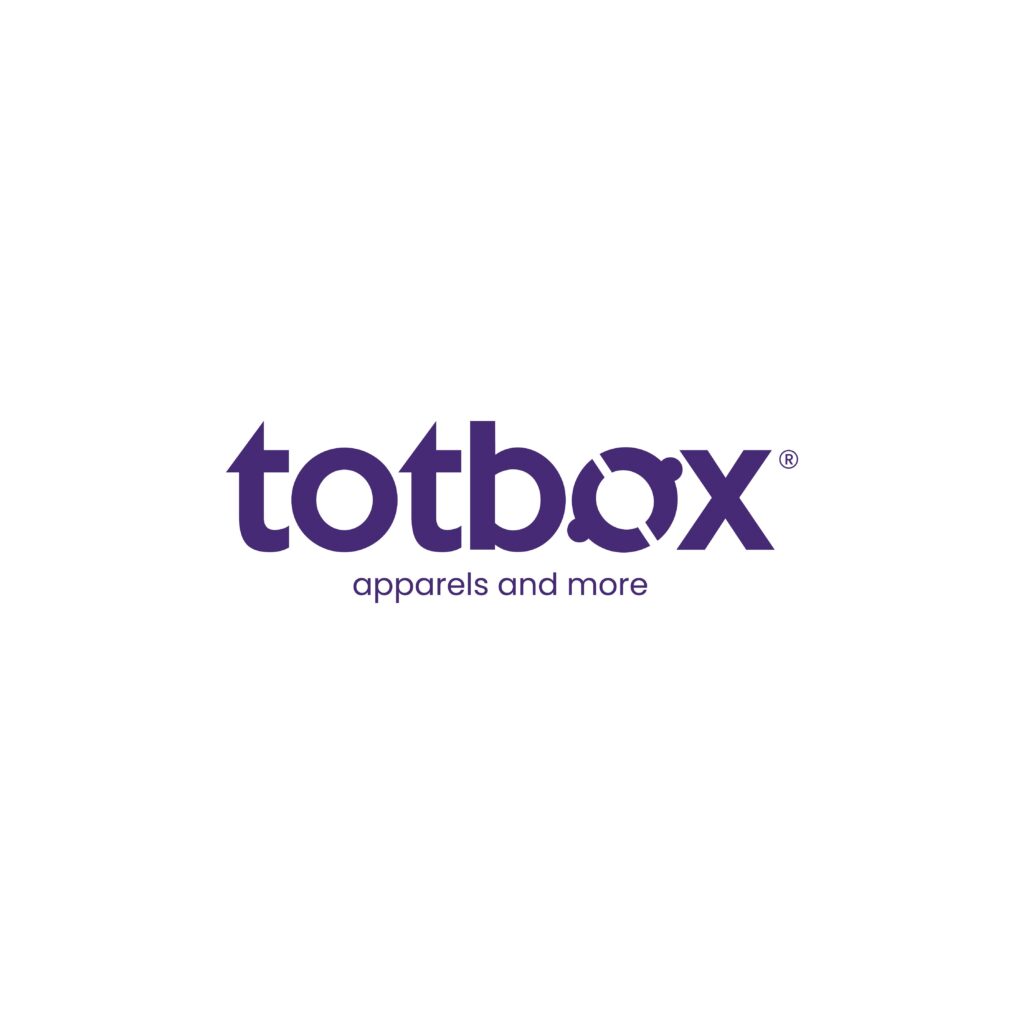
Conclusion: Choosing the right t-shirt printing technology depends on several factors, including the design complexity, order size, fabric type, and budget. Each method has its own set of advantages and trade-offs, so understanding these can help you select the best option for your needs. Whether you’re looking for durability, colouraccuracy, or cost-effectiveness, there’s a printing technology suited to bring your vision to life.And the best part is that you are at the right place.Totbox can provide all the printing options.

